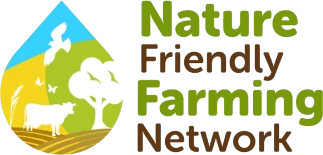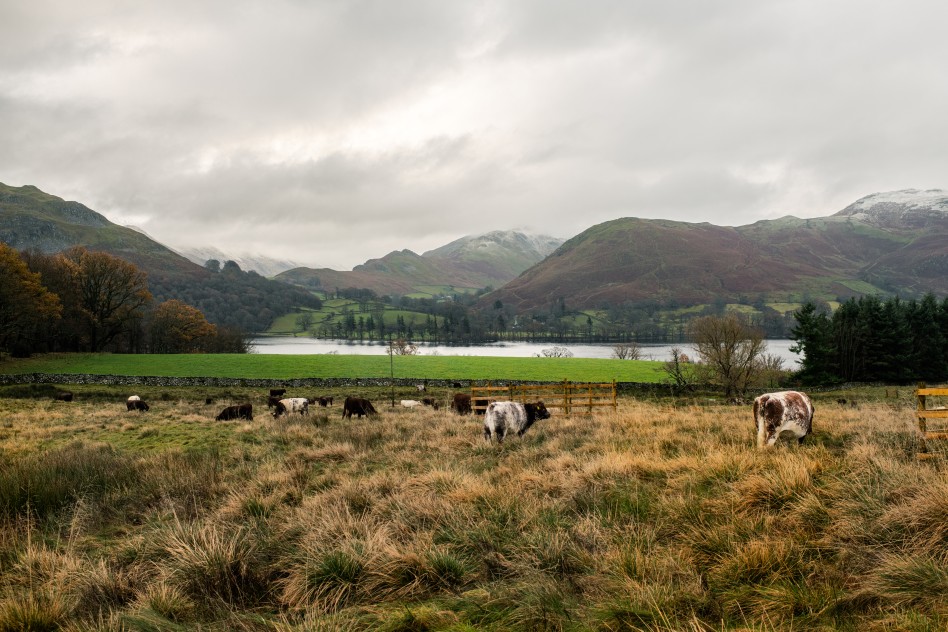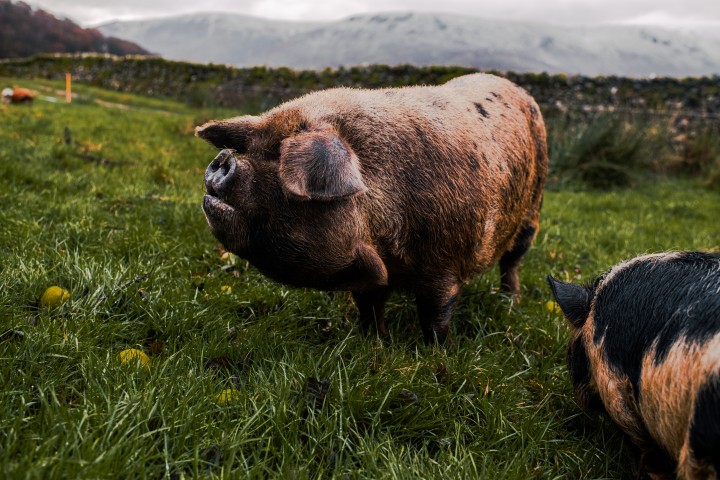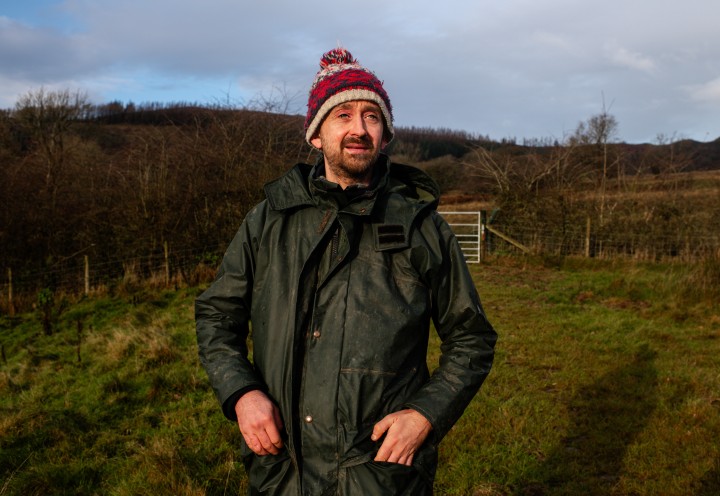The Lake District is one of England’s most treasured and best-known landscapes and has been shaped by agriculture for thousands of years. Right in the heart of the national park, on the shores of Ullswater, around 15 minutes from the town of Penrith, is Gowbarrow Hall Farm, which is run by Sam and Claire Beaumont.
Gowbarrow Hall Farm has hundreds of acres across a stunning landscape, which includes views of the lake and the iconic mountains, with Helvellyn visible from the farm when it is not wreathed in clouds. Gowbarrow Hall, which has been in Claire’s family since her grandfather bought it in the 1970s, includes 385 acres of grassland (including 80 acres of heather moorland right on the fell top), around 150 acres of older woodland and 160 acres of commercial plantation forestry.
Although Sam and Claire both have farming in their family backgrounds, they met while working at an engineering consultancy. When it became obvious that Gowbarrow Hall was in need of new leadership, they decided they wanted to live in the beautiful rural location and give farming a go. They took over in 2017, and Sam now describes their approach as “a hybrid between regenerative grazing and rewilding”.
Before the couple arrived, the farm had been let out to graziers for years, and the family was unhappy at how high artificial fertiliser inputs had gotten. Sam and Claire quickly started farming Swaledale sheep and mules, imitating the practices of her grandfather and his parents, respectively, but very quickly realised traditional agricultural models weren’t working for them.




